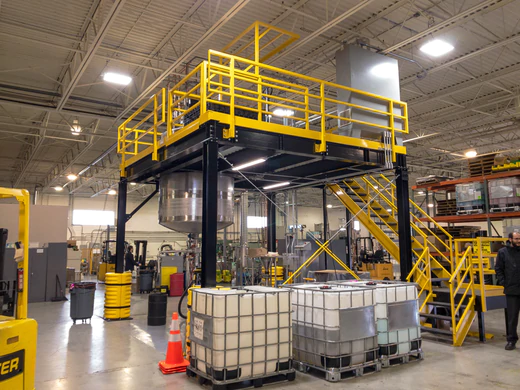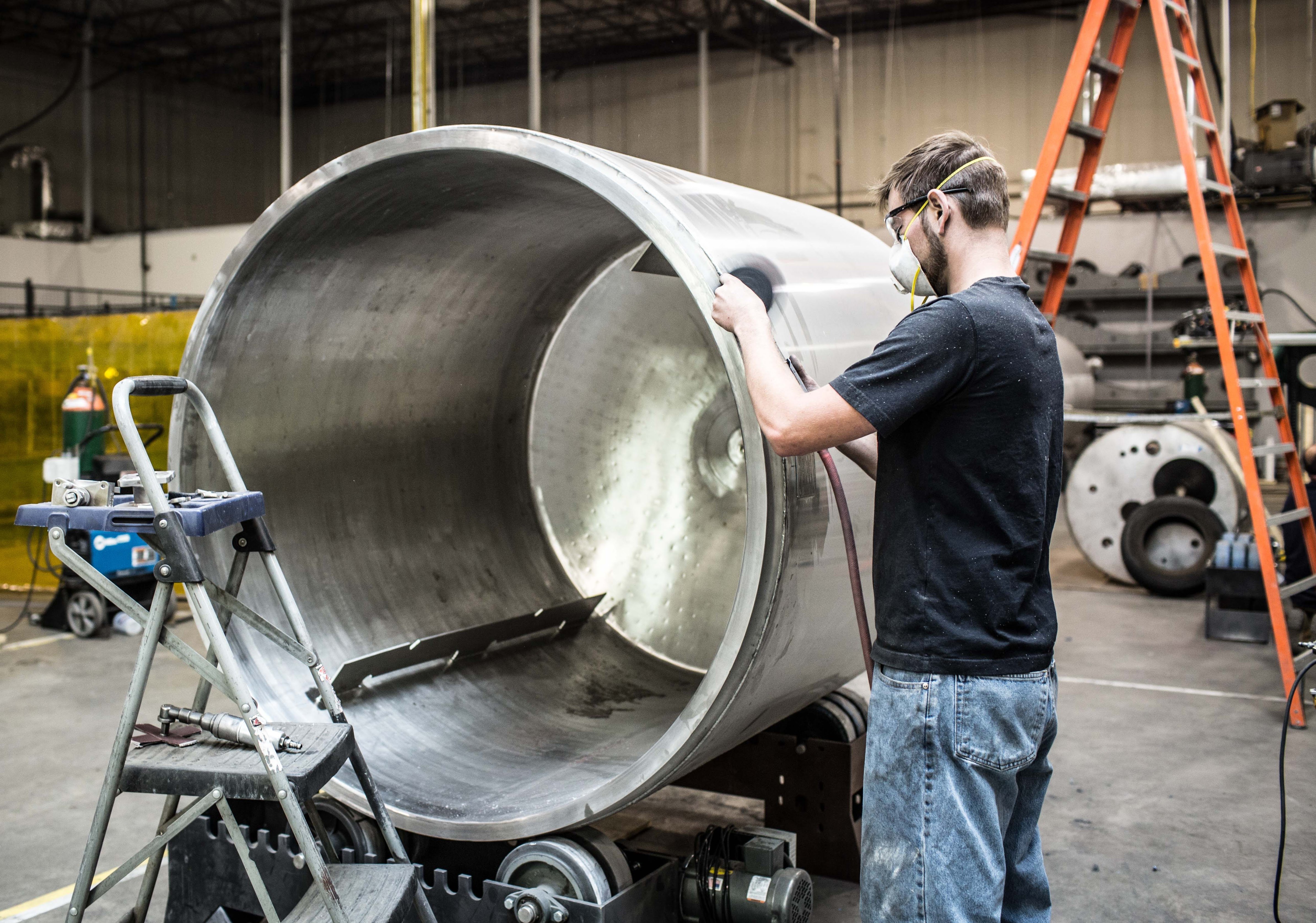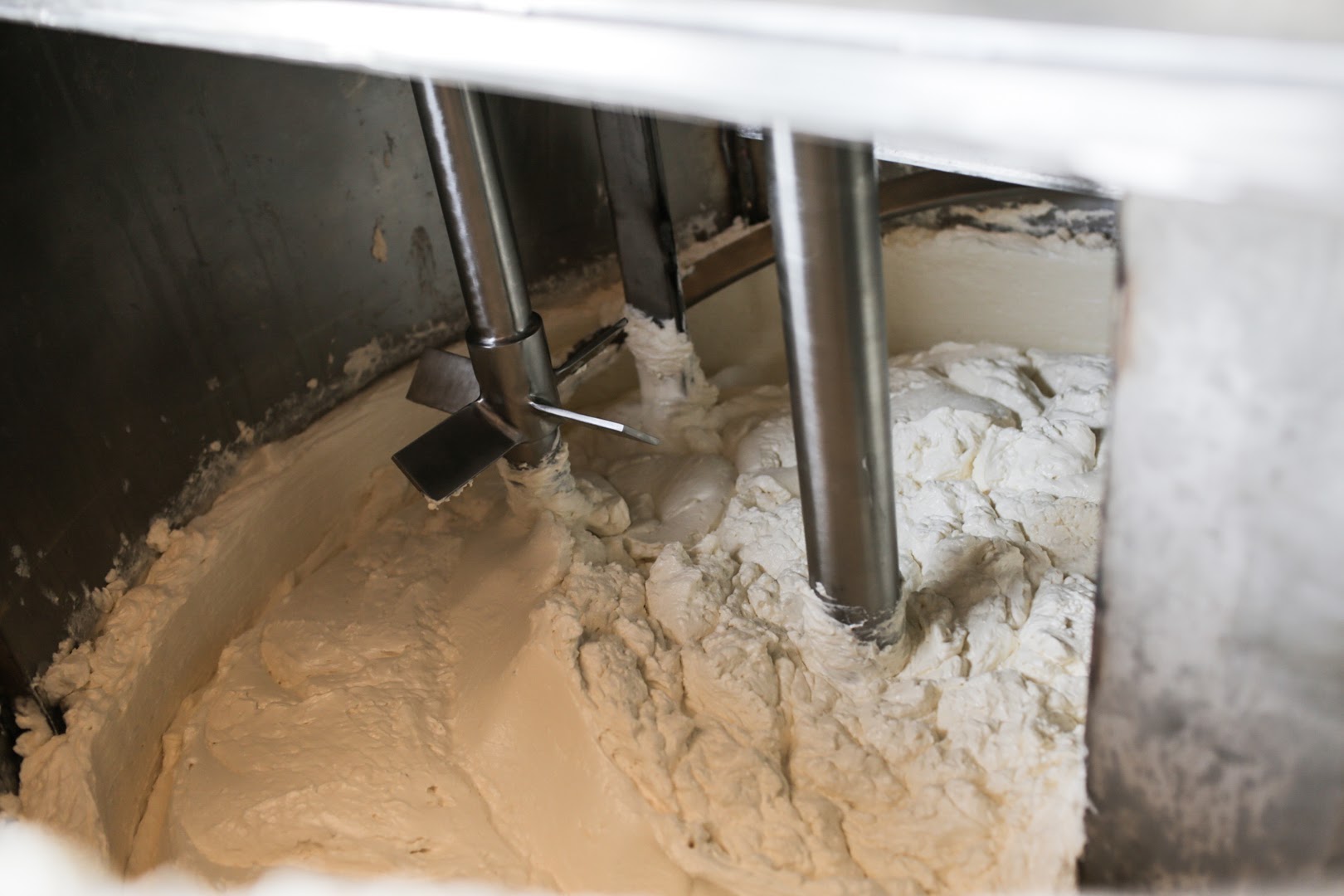How to Improve Your Mixing Process with Baffle Arrangement
One common issue that arises in mixing is an undesirable flow pattern. If your mixer is producing an undesirable flow pattern, you may have...

For nearly every mixing process, there are four universal steps to the operation:
There are typically two ways to manage these processes: Batch Mixing or Continuous Mixing. Both offer many advantages and disadvantages, depending on your unique process.
Batch Mixing
Batch mixing treats each of the four steps separately, thereby finishing one ‘batch’ before starting another. Think about dough, for example. You would load all the ingredients appropriately and mix your dough. You’d remove the product from the tank and start the batch all over again.
Batch mixing usually benefits smaller operations, where ingredients can be handled and incorporated by hand. Batch mixing gives your operation more flexibility and precise control over each batch with controlled mixing times and traceability.
It becomes uneconomical at a certain point when your operation grows and requires larger quantities of ingredients and increased manual labor.
Continuous Mixing
Continuous mixing works by having a system in place that continually feeds ingredients into the mixer at one end and discharges the final product out the other end. The system is programmed to deliver ingredients and mix at the appropriate rate. These systems utilize multiple controls like valves, feeders and scales to automate a continual output.
Large mixing operations will benefit from continuous mixing due to shorter mixing times and higher output capacity. There is less manual labor involved because of the automation controls in place, saving on manpower and allowing for better allocation of time.
Continuous mixing is not ideal for critical applications where recipes need to be executed exactly, though. Additionally, there is less flexibility in continuous mixing than in batch mixing because they cannot often be easily tailored to different recipes. If strict batch integrity is not critical, consider implementing a continuous system.
Learn more about the basics of Industrial Mixing.

One common issue that arises in mixing is an undesirable flow pattern. If your mixer is producing an undesirable flow pattern, you may have...

The type of equipment and operation you use for your process will depend heavily on the materials being used and the ways in which the ingredients...

You’ve decided you need to upgrade to an industrial mixer. That's great, but where to start? You have impellers, shafts, motors, and mounts to...